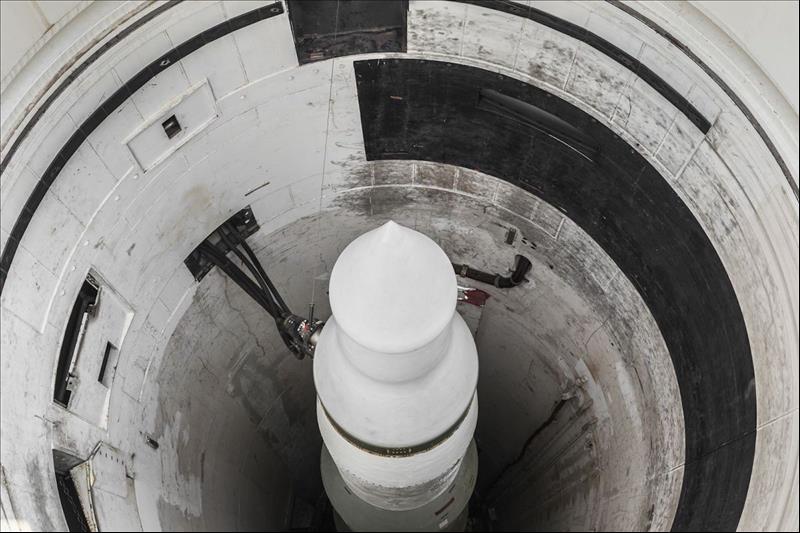US Nukes Caught Between Minuteman's Past And Sentinel's Future
This month, the US Government Accountability Office (GAO) reported that the US is preparing to extend the life of its aging Minuteman III intercontinental ballistic missile (ICBM) system into the 2050s amid significant delays and cost overruns in fielding its replacement, the Sentinel.
The Minuteman III, first deployed in 1970 with an intended 10-year service life, now forms the land-based leg of the US nuclear triad across 450 silos in five states. The US Department of Defense (DoD) certified Sentinel to continue after a 2024 cost breach but ordered a restructuring, forcing the US Air Force to reassess all transition plans.
With Sentinel's delivery years behind schedule, the US Air Force and US Strategic Command are evaluating options to sustain Minuteman III through 2050. However, officials warn of mounting risks, including obsolete parts, limited supply chains, and the challenge of maintaining operational test launches.
The GAO found the US Air Force has yet to develop a risk management plan for the transition, leaving sustainment vulnerabilities unaddressed. The watchdog urged the service to produce such a plan, establish a schedule for a Sentinel test facility, and prepare workforce and materiel contingencies to ensure deterrent requirements are met as the US operates two nuclear systems side by side.
Sentinel's rising costs and infrastructure failures have forced the US to extend Minuteman III into the 2050s, making sustainment a strategic need. This situation prompts a debate: can targeted Minuteman III upgrades sustain deterrence affordably, or is a complete rebuild with Sentinel necessary for long-term US nuclear deterrence?
Matt Korda and Mackenzie Knight-Boyle mention in a June 2025 article for the Federation of American Scientists (FAS) that the Sentinel ICBM program has unraveled under the weight of flawed assumptions and systemic mismanagement.

Legal Disclaimer:
MENAFN provides the
information “as is” without warranty of any kind. We do not accept
any responsibility or liability for the accuracy, content, images,
videos, licenses, completeness, legality, or reliability of the information
contained in this article. If you have any complaints or copyright
issues related to this article, kindly contact the provider above.
Most popular stories
Market Research

- Japan Buy Now Pay Later Market Size To Surpass USD 145.5 Billion By 2033 CAGR Of 22.23%
- BTCC Summer Festival 2025 Unites Japan's Web3 Community
- GCL Subsidiary, 2Game Digital, Partners With Kucoin Pay To Accept Secure Crypto Payments In Real Time
- Smart Indoor Gardens Market Growth: Size, Trends, And Forecast 20252033
- Nutritional Bar Market Size To Expand At A CAGR Of 3.5% During 2025-2033
- Pluscapital Advisor Empowers Traders To Master Global Markets Around The Clock


























Comments
No comment